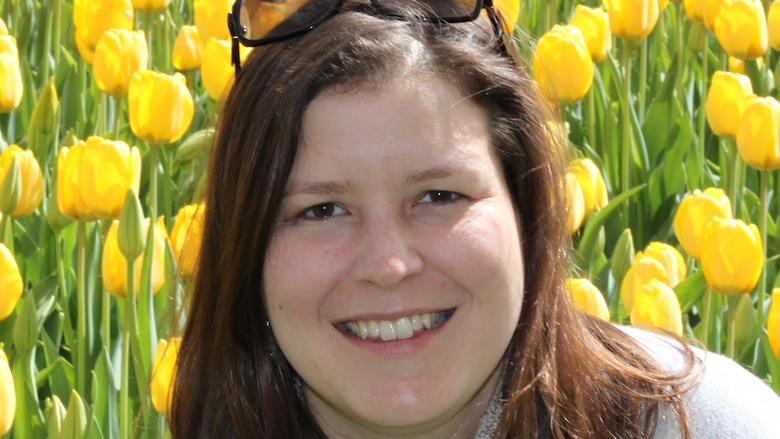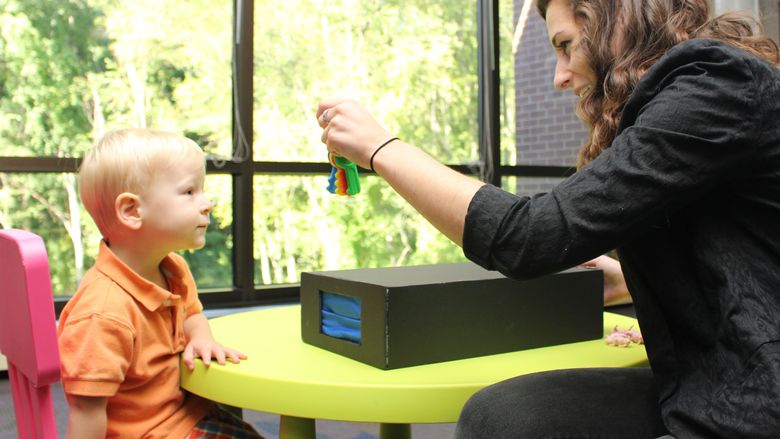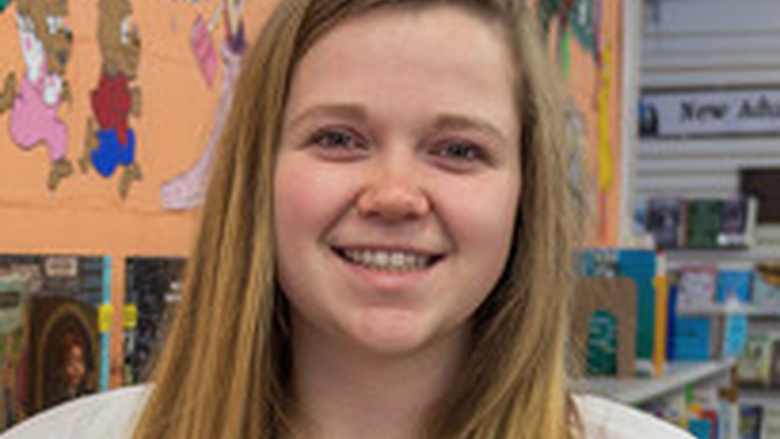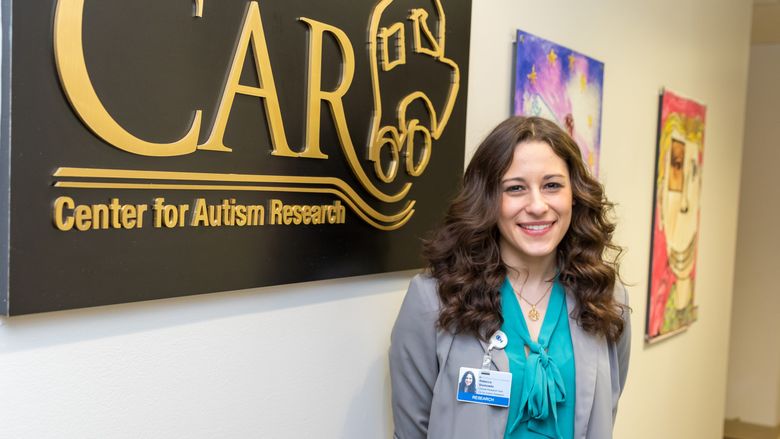Jennifer Zosh, associate professor of human development and family studies at Penn State Brandywine, recently contributed research to the Encyclopedia on Early Childhood Development that focuses on educational apps.
MEDIA, Pa. — Jennifer Zosh, associate professor of human development and family studies at Penn State Brandywine, has recently contributed research to the Encyclopedia on Early Childhood Development.
According to its website, the encyclopedia, an open web resource published in Canada, features the most up-to-date scientific knowledge on early childhood development from conception to age five.
Zosh is featured under the “According to Experts” section in the encyclopedia’s entry on technology in early childhood education. Zosh co-wrote the entry, entitled “Learning in the Digital Age: Putting Education Back in Educational Apps for Young Children,” with professors from Temple University, the University of Delaware and the University of Pennsylvania.
“In this piece, we wanted to share our research that aligned principles from the science of how humans — and especially children — learn with a large issue facing today’s parents, families and educators,” Zosh said. “Namely, how can we determine which of the more than 100,000 apps marked as ‘educational’ truly have educational potential and which are digital candy?”
“Using findings from the science of learning, a new, amalgamated field that brings together cognitive development, psychology, machine learning and other fields, we discussed how certain characteristics of apps may promote, or hinder, learning from apps.”
The encyclopedia article is a condensed and user-friendly summary of her 2015 article published in Psychological Science for the Public Interest. This work stressed that while educational technology holds promise, apps must build upon how children learn to have an educational impact.
“An educational app needs to promote active learning,” she said. “In other words, children need to be ‘minds on’ not just ‘fingers on.’ Some apps can be played somewhat mindlessly, even though you’re moving your fingers. To have educational impact, children’s brains must be active and working hard. Apps also should not be distracting. Some app developers put lots of bells and whistles into their programs — sounds, games, pop-up spots — but if you’re reading an electronic book, for example, those things can actually be quite distracting and impair learning, especially for younger children.”
As Zosh’s publication asserts, educational apps should also be meaningful and encourage social interaction.
“Children should also find meaning in the information they’re learning. Tracing a triangle on a screen might not mean much, but teaching children how to see that a piece of pizza is the shape of a triangle connects the shape to something real in their world.”
Zosh stresses an important message about the tools available to children. “Parents should keep in mind that the most powerful learning tool a child has is other people,” she said. “That’s why apps that allow you to play alongside a parent or another child are potentially so successful.”
A truly educational app, according to Zosh, combines the elements of active (minds on), engaged (not distracted), meaningful learning that potentially also supports social interaction.
Finally, she says to look for apps that promote “scaffolded exploration” —in other words, apps that give children the opportunity to explore what they are interested in but that play a supportive, rather than instructional role.
“We want children to explore and follow their own interests and passions but we want to help them explore,” said Zosh. “We want to constrain the possibilities just enough so that they can get to the next step.”
Typically, a review article like Zosh’s and her colleagues’ 2015 publication is most widely read by people in the educational circuit. A publication like the encyclopedia, on the other hand, shares academic research with a broader audience.
“The encyclopedia entry allowed me to share this research with a large audience in a short and easy-to-read format,” said Zosh. “I’m thrilled that it has been featured in this existing resource for parents, practitioners, researchers and the general public.”
In addition to sharing her research with an international audience, Zosh plans to continue the conversation about child development and technology with her students at Brandywine.
“My students tell me that they feel a little old when they look sadly at young kids on their phones at a restaurant,” she said. “That’s something they notice as different from their own experiences, even within the last decade or two. We discuss in class about what this change in experience means, good and bad, and what changes it might have on child development.”
Research in Zosh’s lab, the Brandywine Child Development Lab, explores exactly these issues.



